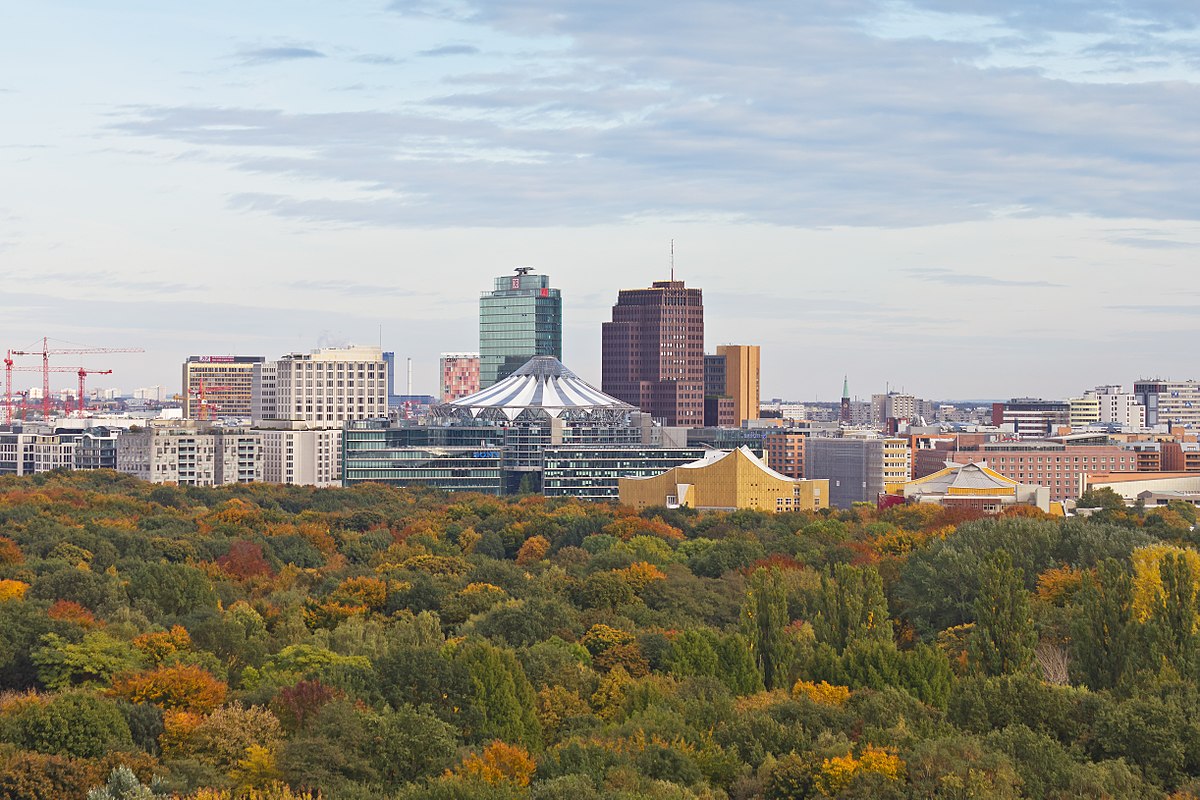MisterF
Senior Member
It's very easy to find other urban areas with similar population densities.We need to look at places with similar populations densities and sprawl - it's hard to see too many examples of that. Even in parts of North America like Mexico!
The experiences in a much denser location like London aren't comparable; even there, by the time you hit the end of some of the TfL lines, you are dealing with different transit agencies running buses. And the commuter trains into central London STILL aren't under one organization - some are for-profit services!
Toronto 3088 people/km2 (latest census)
Marseille 3100
Amsterdam 3200
Frankfurt 3000
Berlin 2900
Milan 2800
Ruhr area 2800
Copenhagen 2700
Rotterdam/The Hague 2700
(the rest from Wikipedia)





